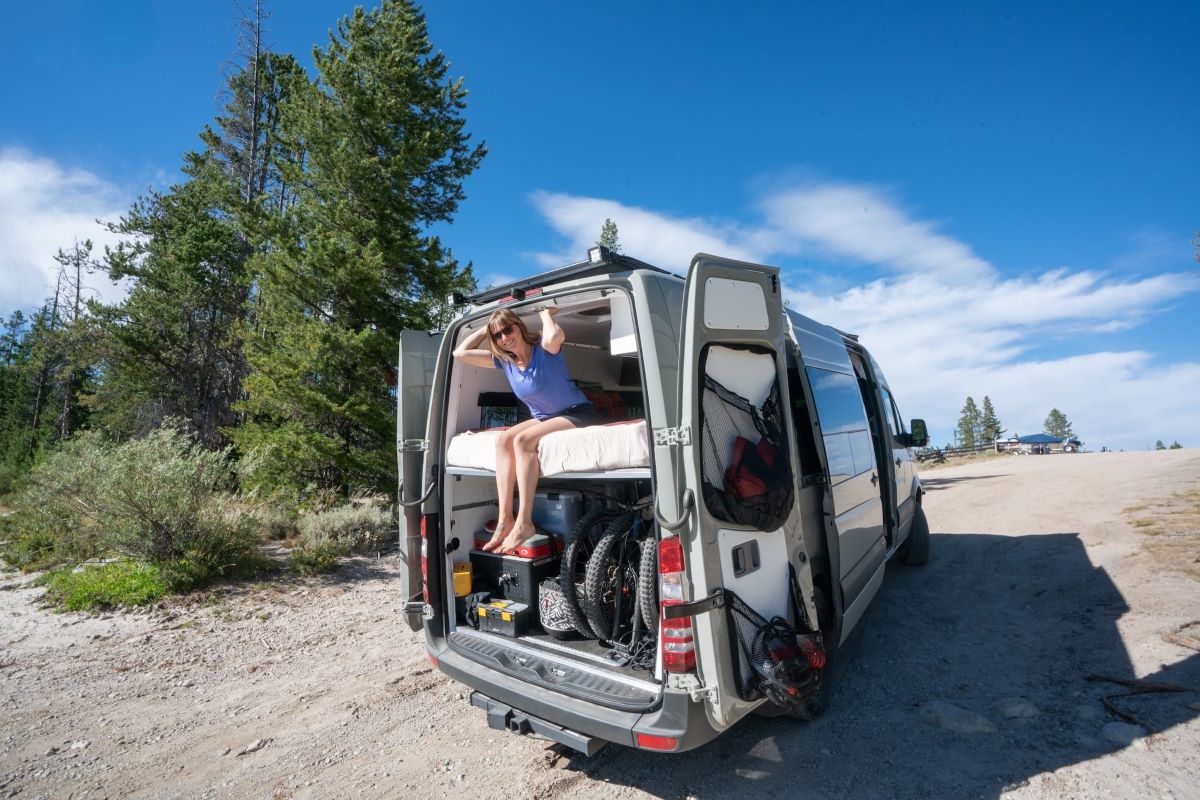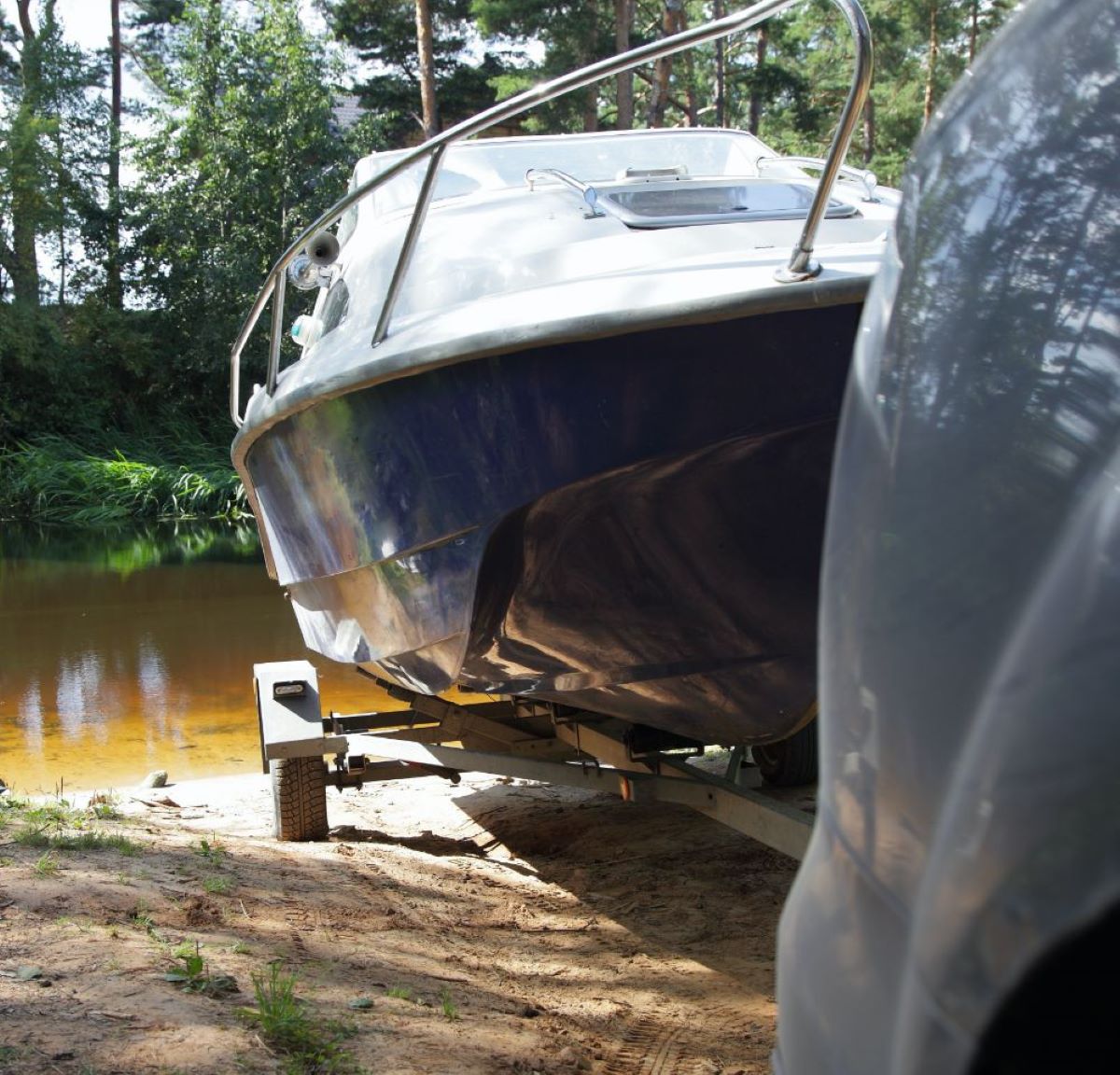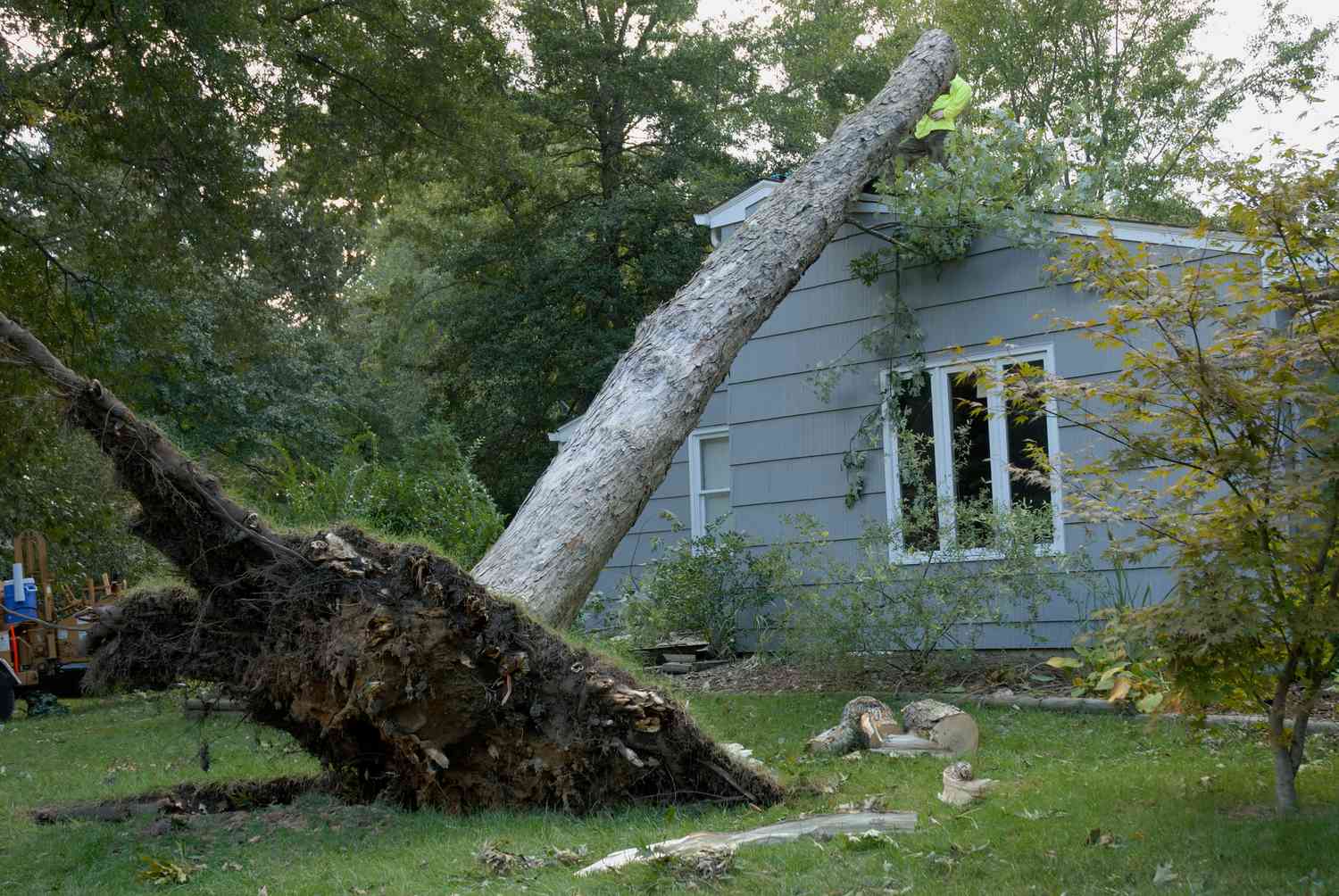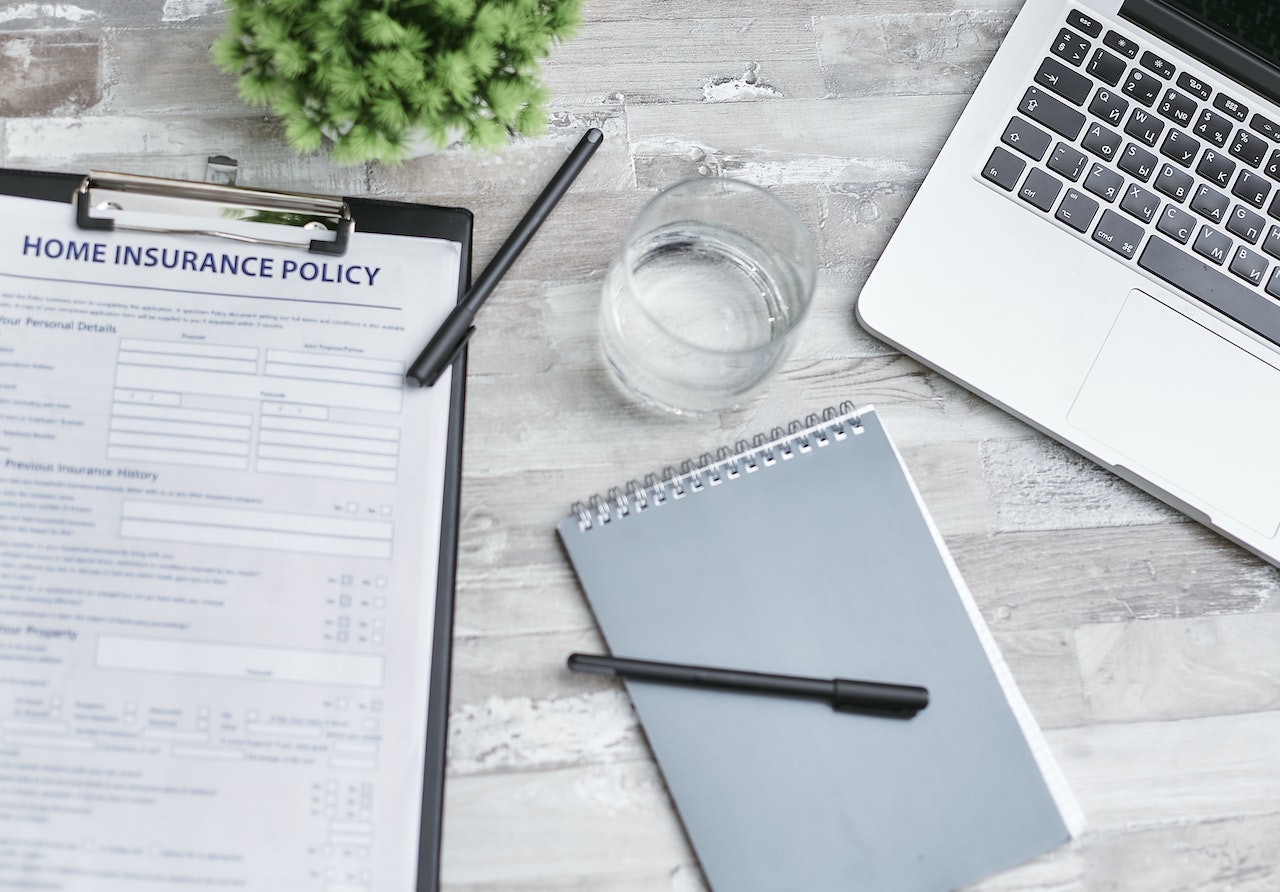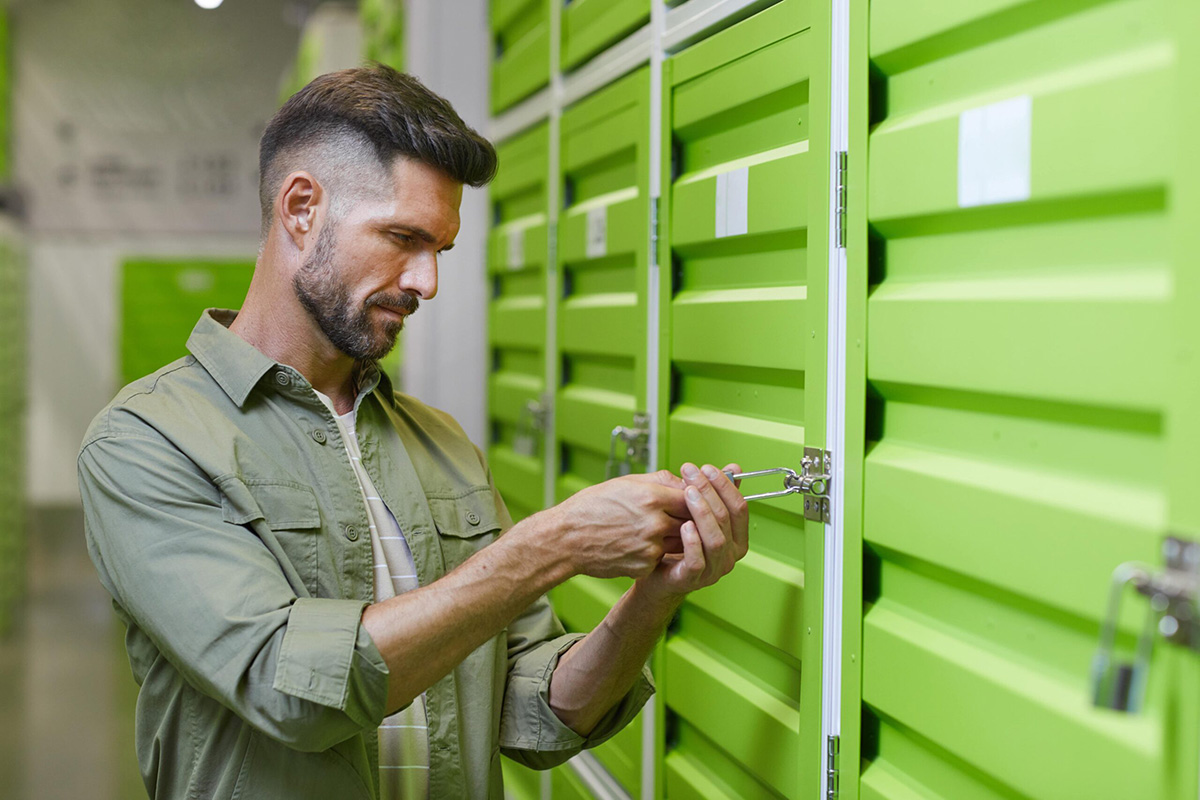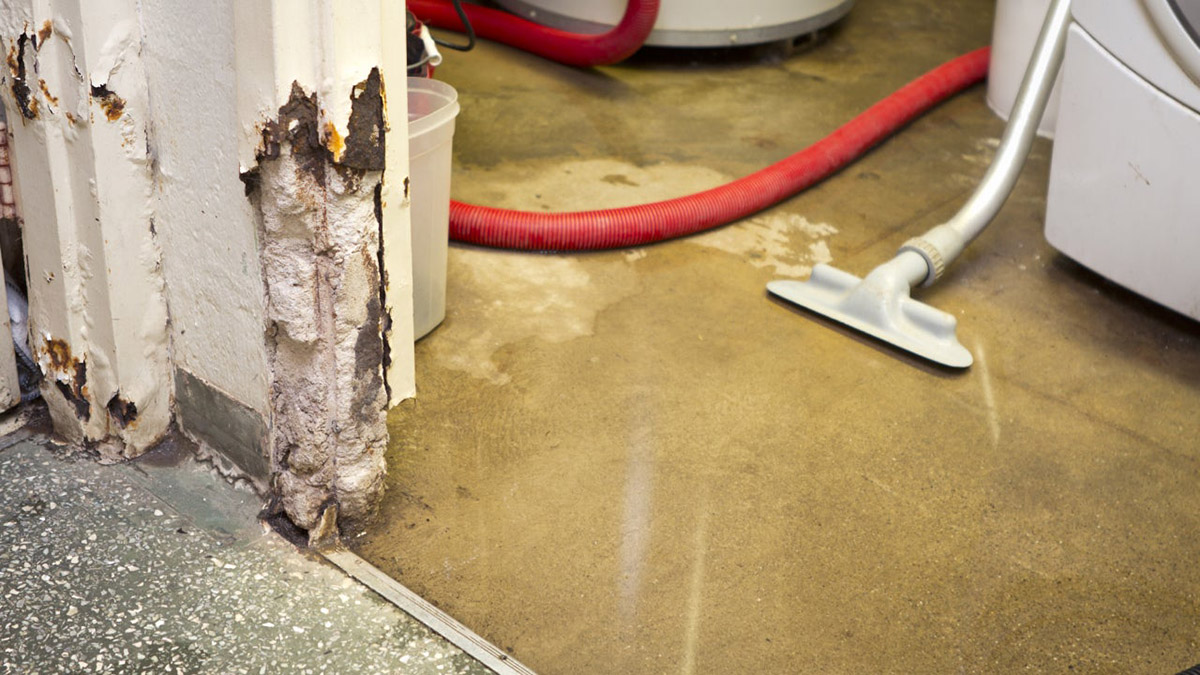

Finance
What Does Sewer Backup Insurance Cover?
Published: November 16, 2023
Protect your finances with sewer backup insurance. Find out what this coverage includes and get peace of mind knowing you're prepared for unexpected sewer backups.
(Many of the links in this article redirect to a specific reviewed product. Your purchase of these products through affiliate links helps to generate commission for LiveWell, at no extra cost. Learn more)
Table of Contents
- Introduction
- Understanding Sewer Backup Insurance
- Coverage for Property Damage
- Coverage for Clean-Up and Restoration Expenses
- Coverage for Personal Belongings
- Coverage for Additional Living Expenses
- Coverage for Liability Claims
- Exclusions and Limitations
- Factors Affecting Coverage
- Importance of Sewer Backup Insurance
- Conclusion
Introduction
Welcome to our comprehensive guide on sewer backup insurance. Although it may not be the most glamorous topic, understanding sewer backup insurance is crucial for protecting your property and finances. Sewer backups can cause significant damage and expenses, making this type of insurance coverage essential for homeowners.
Sewer backups can occur due to a variety of reasons, such as heavy rainfall, blockages in the sewer system, or aging infrastructure. When a sewer backup happens, it can lead to water damage, spreading foul odors, and the risk of contamination, posing a threat to your property and health.
Unfortunately, standard homeowners’ insurance policies often exclude coverage for sewer backups. That’s where sewer backup insurance comes into play. This specialized coverage helps safeguard your property and provides financial assistance in the event of a sewer backup.
In this guide, we will explore the various aspects of sewer backup insurance, including what it covers, its limitations, and its importance in protecting your property and belongings. By understanding the coverage provided by sewer backup insurance, you can make informed decisions about your insurance needs and ensure that you are adequately protected.
So, let’s dive into the details and discover what sewer backup insurance entails, so you can be prepared and have peace of mind knowing that you’re covered in the event of a sewer backup.
Understanding Sewer Backup Insurance
Sewer backup insurance, also known as sewage or sewage backup coverage, is a type of insurance that provides financial protection in the event of damage caused by sewer backups. It is typically an add-on or endorsement to a standard homeowners’ insurance policy.
When a sewer backup occurs, it can result in extensive property damage, requiring expensive clean-up and restoration. Additionally, personal belongings may be damaged or destroyed, further adding to the financial burden. Sewer backup insurance helps cover these costs, offering you a safety net in an unfortunate situation.
It’s important to note that sewer backup coverage differs from flood insurance. Flood insurance typically covers damage caused by external water sources, such as rivers overflowing or heavy rainstorms. Sewer backup insurance, on the other hand, specifically addresses damage caused by the backup of sewage within your property’s plumbing system.
When purchasing sewer backup insurance, it’s crucial to understand the coverage limits and the specific perils covered. Policies may vary, but common covered perils include sewer mains or wastewater lines blocked by tree roots, clogs caused by debris or grease build-up, and sewer line collapses. It’s essential to review your policy language and consult with your insurance provider to fully understand what perils are covered.
Keep in mind that sewer backup insurance may have a separate deductible, which is the amount you need to pay out of pocket before your coverage kicks in. Evaluate your specific needs and budget when selecting a deductible that makes sense for you.
Additionally, it’s important to note that sewer backups can occur in various parts of your property, including the basement, bathroom, or even the yard. Understanding the extent of coverage and the applicable limits is crucial to ensure you have adequate protection for all potential areas of your property.
Now that we have a basic understanding of what sewer backup insurance is, let’s dive deeper into the specific coverages provided by this type of insurance and how they can protect you in the event of a sewer backup.
Coverage for Property Damage
One of the primary coverages provided by sewer backup insurance is protection for property damage resulting from a sewer backup. When sewage backs up into your property, it can cause significant damage to various structures and systems.
Common types of property damage caused by sewer backups include water damage to walls, floors, and furnishings, as well as damage to electrical systems and appliances. The corrosive nature of sewage can lead to permanent damage, requiring costly repairs or replacements.
Sewer backup insurance typically covers the cost of repairing or replacing damaged property, up to the specified coverage limits. This includes structural repairs, such as fixing walls and flooring, as well as restoring electrical systems and damaged appliances.
It’s important to note that the coverage limits for property damage can vary depending on your insurance policy. Review your policy carefully to determine the maximum amount you can claim for property damage caused by a sewer backup.
Additionally, some sewer backup insurance policies may offer coverage for damage to items stored in basements or below-ground level areas. This can be particularly beneficial if you have valuable belongings or a finished basement. Check with your insurance provider to understand the extent of coverage for items stored in below-ground areas.
Remember, coverage for property damage is a vital component of sewer backup insurance, as it ensures that you won’t have to bear the financial burden of repairing or replacing your property in the event of a sewer backup.
Coverage for Clean-Up and Restoration Expenses
In the unfortunate event of a sewer backup, there can be significant clean-up and restoration expenses involved. The aftermath of a sewer backup often requires specialized cleaning services and restoration to ensure the property is safe and habitable once again.
Sewer backup insurance typically provides coverage for these clean-up and restoration expenses. This includes the cost of hiring professionals to clean and sanitize the affected areas, removing contaminated materials, and restoring the property to its pre-loss condition.
The expenses associated with clean-up and restoration can quickly add up, especially if the sewer backup affects multiple areas and levels of your property. Having coverage for these expenses can provide you with peace of mind, knowing that you won’t have to bear the full financial burden of restoring your property.
It’s important to carefully review your sewer backup insurance policy to understand the extent of coverage for clean-up and restoration expenses. Coverage limits may vary, so ensure that the maximum amount you can claim for these expenses meets your needs.
Furthermore, take note of any specific requirements and protocols outlined by your insurance provider when it comes to choosing and hiring professional clean-up and restoration services. Following their recommended guidelines can help ensure that your claim is processed smoothly and that the clean-up and restoration process is carried out effectively.
Remember, having coverage for clean-up and restoration expenses provided by sewer backup insurance can alleviate the financial burden associated with restoring your property to its pre-loss condition.
Coverage for Personal Belongings
When a sewer backup occurs, it’s not just the property itself that can suffer damage. Your personal belongings, such as furniture, electronics, clothing, and other valuable items, are also at risk. Sewer backup insurance can provide coverage for the damage or loss of your personal belongings due to a sewer backup.
With this coverage, you can receive reimbursement for the repair, replacement, or restoration of damaged personal belongings. The specific coverage limits may vary depending on your insurance policy, so it’s important to review your policy documents to understand the maximum amount you can claim for your belongings.
Keep in mind that certain high-value items, such as jewelry, artwork, or collectibles, may have sub-limits or require additional coverage. If you have valuable items, it’s wise to discuss this with your insurance provider to ensure you have the appropriate coverage in place.
It’s also important to document your personal belongings before a sewer backup occurs. Take inventory of your possessions, including photographs or videos, and keep receipts or appraisals for valuable items. This documentation will help support your claim and ensure a smoother claims process should you need to file a claim for damaged personal belongings.
Remember to regularly review and update your home inventory to include any new items you acquire. This will ensure that you have an accurate record of your belongings and can provide evidence of their value in the event of a sewer backup.
Having coverage for personal belongings through sewer backup insurance offers peace of mind, knowing that you can recoup the financial loss caused by the damage or loss of your valued possessions.
Coverage for Additional Living Expenses
When a sewer backup causes significant damage to your property, it may render your home temporarily uninhabitable. In such cases, sewer backup insurance can provide coverage for additional living expenses, ensuring that you and your family have a place to stay while your home is being repaired or restored.
Additional living expenses coverage, also known as loss of use coverage, helps cover the cost of temporary accommodations, such as hotel stays, apartment rentals, or even the cost of meals if you are unable to cook at home. This coverage ensures that you can maintain your standard of living and continue with your daily activities despite the inconvenience caused by the sewer backup.
It’s important to note that coverage for additional living expenses has limits and durations specified in your insurance policy. Review your policy documents to understand the maximum amount you can claim and the duration for which the coverage will be in effect.
Keep in mind that you may need to provide documentation, such as hotel receipts or rental agreements, to support your claim for additional living expenses. It’s advisable to keep all relevant receipts and documents organized and easily accessible to streamline the claims process.
Additionally, coverage for additional living expenses typically includes reimbursement for necessary expenses over and above your usual expenses. This means that expenses that you would normally incur, such as mortgage or utility bills, may not be covered under this provision.
Having coverage for additional living expenses through sewer backup insurance can provide much-needed financial relief during a challenging time. It ensures that you and your family can continue with your daily routines and maintain a comfortable living condition while your home is being repaired or restored.
Coverage for Liability Claims
In addition to providing coverage for property damage and personal belongings, sewer backup insurance may also offer coverage for liability claims that arise as a result of a sewer backup. Liability coverage is an essential component of any insurance policy, as it protects you from potential legal and financial consequences if someone is injured or their property is damaged due to the sewer backup.
Liability claims can arise if, for example, a sewer backup on your property causes water damage to a neighboring property or if someone slips and falls due to the resulting water or sewage. The costs associated with legal defense, settlements, or judgments can be substantial, but sewer backup insurance can help protect you from these potential liabilities.
With liability coverage, your insurance provider will handle the legal aspects of the claim and may cover the costs associated with legal defense. If a settlement or judgment is reached, your insurance policy will typically provide coverage up to the specified limits.
It’s important to review your sewer backup insurance policy to understand the details of the liability coverage, including the coverage limits and any exclusions or conditions that may apply. Additionally, consider whether the coverage is adequate for your needs, as liability claims can result in significant financial repercussions if the coverage limits are insufficient.
Keep in mind that it’s always important to maintain your property and ensure that your plumbing system is well-maintained to mitigate the risk of sewer backups. Regular inspections, timely repairs, and appropriate precautions can help minimize the likelihood of a sewer backup occurring and thus reduce the chances of liability claims arising.
Having coverage for liability claims through sewer backup insurance provides you with the peace of mind and financial protection you need, allowing you to focus on addressing the issues caused by the sewer backup without the added stress of potential legal and financial consequences.
Exclusions and Limitations
While sewer backup insurance provides valuable coverage, it’s essential to be aware of the exclusions and limitations that may apply to your policy. These exclusions and limitations outline specific situations or circumstances where coverage may not be provided or where it may be limited.
One common exclusion in sewer backup insurance policies is coverage for damage caused by a sewer backup resulting from a pre-existing condition or known issue that you failed to address. This means that if you were aware of a potential problem with your plumbing system or sewer lines and did not take the necessary steps to resolve it, the insurer may deny the claim related to that specific issue.
Another common exclusion is coverage for damage caused by sewer backups that result from a flood or natural disaster. Floods are typically excluded from sewer backup insurance, as they are typically covered under separate flood insurance policies. It’s important to differentiate between sewer backups caused by internal issues versus those caused by external events.
Additionally, some policies may have coverage limitations for certain types of property, such as finished basements or specific high-value items. It’s crucial to review your policy documents carefully and understand any sub-limits or conditions that may impact coverage for specific areas of your property or valuable belongings.
It’s important to note that every insurance policy is different, and the specific exclusions and limitations can vary. It’s highly recommended to review your policy in detail, ask questions to your insurance provider, and seek professional advice if needed to fully understand the scope and limitations of your sewer backup insurance coverage.
Understanding the exclusions and limitations of your sewer backup insurance policy will help you make informed decisions, take necessary precautions, and effectively manage risks associated with sewer backups.
Factors Affecting Coverage
Several factors can affect the coverage provided by sewer backup insurance. Understanding these factors will help you determine the extent of coverage you need and ensure that you are adequately protected in the event of a sewer backup. Here are some factors to consider:
1. Location: The location of your property can play a role in the availability and cost of sewer backup insurance. If you live in an area prone to sewer backups or have an older sewer system, you may face higher premiums or more limited coverage options.
2. Type of Property: The type of property you own can also impact the coverage available to you. Different policies may have varying conditions and limitations for different types of properties, such as single-family homes, condominiums, or rental properties. Make sure to inquire about the specific coverage options and limitations based on your property type.
3. Age of Property: The age of your property and its plumbing system can affect the coverage and premiums for sewer backup insurance. Older properties may have an increased likelihood of sewer backup issues due to deteriorating sewer lines or outdated plumbing systems. Insurance providers may consider these factors when determining the coverage and cost of your policy.
4. Maintenance and Prevention Measures: Insurance providers may take into account the steps you have taken to maintain and prevent sewer backups in your property. Regular plumbing inspections, proper disposal of grease and waste, and installation of backwater valves or sump pumps can demonstrate your commitment to minimizing the risk of sewer backups. Some providers may offer incentives or discounts for implementing preventive measures.
5. Coverage Limits and Deductibles: The coverage limits and deductibles you choose for your sewer backup insurance policy will directly impact the extent of coverage and the amount you would need to pay out of pocket before your coverage kicks in. It’s important to evaluate your specific needs, budget, and the potential risks associated with sewer backups when choosing these parameters.
By considering these factors, you can work with your insurance provider to customize your sewer backup insurance policy to fit your specific needs. It’s always advisable to consult with a trusted insurance professional who can help assess your risks and guide you in selecting the appropriate coverage options.
Importance of Sewer Backup Insurance
Sewer backup insurance is an essential coverage that protects homeowners from the financial burden and stress associated with sewer backups. Here’s why it’s important to have sewer backup insurance:
1. Financial Protection: Sewer backups can result in extensive property damage, costly clean-up and restoration, and the need to replace damaged personal belongings. Sewer backup insurance provides the necessary financial protection, ensuring that you are not left to bear these expenses out of pocket.
2. Coverage Gaps in Standard Policies: Standard homeowners’ insurance policies often exclude coverage for sewer backups. Without specific sewer backup insurance, you would be left vulnerable to the potentially significant costs of repairs, clean-up, and replacement of damaged items.
3. Peace of Mind: Sewer backups are not only costly but also stressful to deal with. Having sewer backup insurance can provide peace of mind, knowing that you are protected from the financial and logistical challenges that come with a sewer backup incident.
4. Liability Coverage: Sewer backup insurance can also provide liability coverage, protecting you from potential legal and financial claims if the sewer backup causes damage or injury to others. This coverage can safeguard your assets and protect you from unexpected legal expenses.
5. Customizable Coverage: Sewer backup insurance policies can be tailored to suit your specific needs, with options for coverage limits, deductibles, and additional endorsements. This allows you to customize your policy according to the unique characteristics of your property and your level of risk tolerance.
6. Mitigating Health Risks: Sewage backups can pose significant health risks due to the presence of harmful bacteria and contaminants. Timely and thorough clean-up and restoration are essential to minimize health hazards. Sewer backup insurance can cover the costs of professional cleaning services, ensuring that your property is thoroughly sanitized, and the risks to your health are minimized.
7. Compliance with Lenders: If you have a mortgage on your property, your lender may require you to have sewer backup insurance to protect their investment. Lenders understand the potential risks and want to ensure that their collateral is adequately protected.
By investing in sewer backup insurance, you can rest easy knowing that your property, finances, and well-being are safeguarded against the potential damages and risks associated with sewer backups.
Conclusion
Sewer backups can wreak havoc on your property and finances, making sewer backup insurance a crucial investment for homeowners. This specialized coverage provides financial protection for property damage, clean-up and restoration expenses, damage to personal belongings, additional living expenses, and liability claims arising from sewer backups.
Understanding the exclusions, limitations, and factors affecting coverage is essential to ensure that you have the right policy in place. Factors such as the location and age of your property, maintenance efforts, and your chosen coverage limits and deductibles can all impact the extent of coverage and premiums.
Sewer backup insurance fills the gaps left by standard homeowners’ insurance policies, which often exclude coverage for sewer backups. Without this coverage, you run the risk of incurring substantial expenses in the event of a sewer backup.
The importance of sewer backup insurance goes beyond financial protection—it provides peace of mind, knowing that you have the necessary support to deal with the aftermath of a sewer backup. This coverage not only helps mitigate the financial burden but also ensures the prompt and proper restoration of your property, minimizing potential health risks.
Remember, every policy is different, so it’s crucial to review your policy documents carefully and consult with your insurance provider to understand the specific terms, coverage limits, and exclusions of your sewer backup insurance policy.
By investing in sewer backup insurance, you are taking a proactive step to protect your property, belongings, and finances. So, don’t wait until it’s too late—reach out to your insurance provider to discuss how you can obtain the necessary coverage and experience the peace of mind that comes from being prepared for the unexpected.
